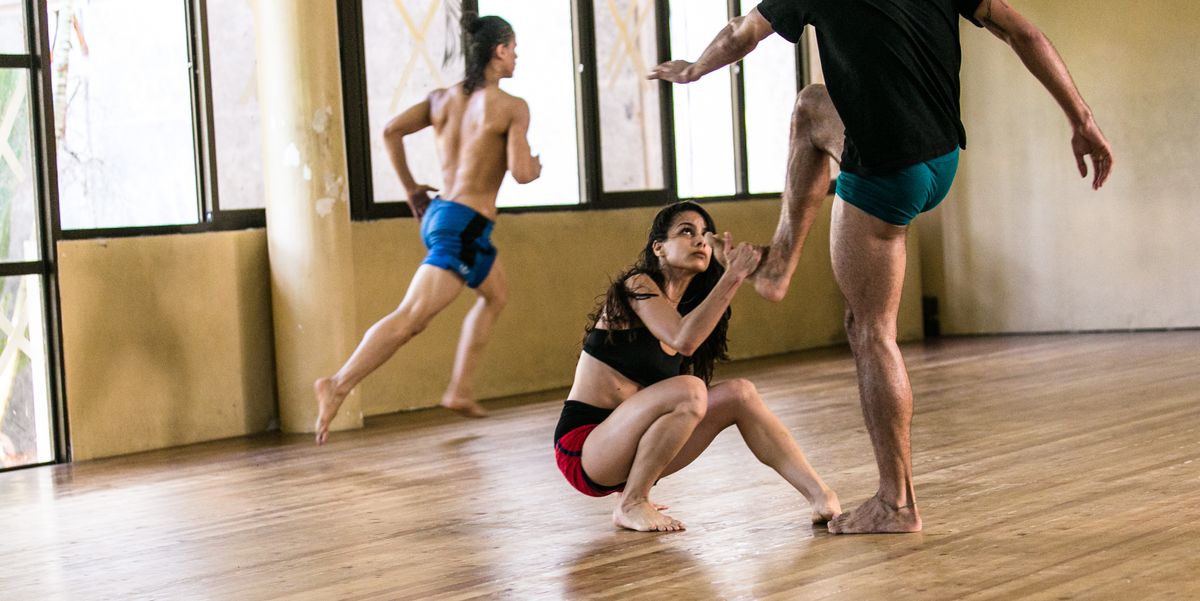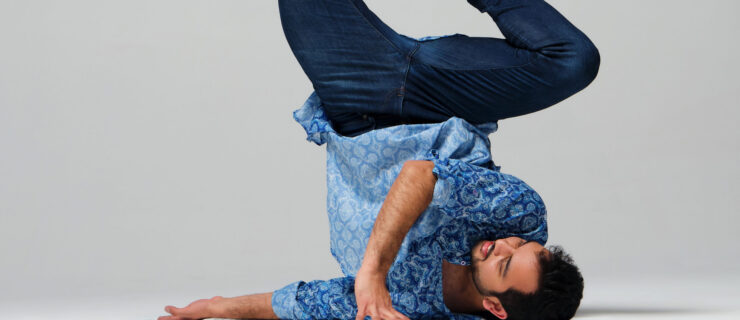7 Ways To Make Dancing in the Heat Less Miserable
Summertime, and the living is…steamy. Studios can be hot. Outdoor festivals can be grueling—especially once those stage lights turn on. When the temperatures rise, movement feels harder and your body fatigues faster.
What’s a dancer to do? Follow these steps to make the heat less taxing on your body so that it doesn’t keep you from dancing your best.
Get Your Body Used to the Heat
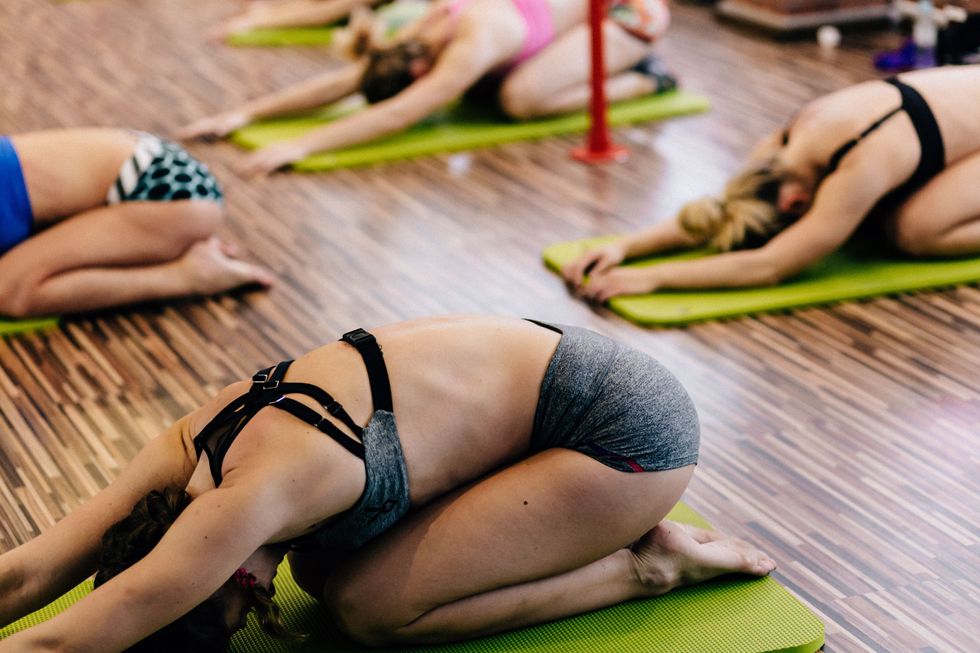 StockSnap
StockSnap
Dancing when it’s hot can feel terrible at first. But after a couple weeks, your body learns to cope better with higher temperatures by sweating more, and moving blood to your skin to release heat more efficiently. If you know you’re going to have to dance somewhere toasty, start preparing two weeks before: Carefully cross-train outside or take hot yoga, wear extra warmups in the studio, or hang out in a steam room (if you need to get used to humidity) or a sauna (if you’ll be dancing in dry heat). Some scientists even suggest taking daily half-hour hot baths.
Cool Down Just Before You Start
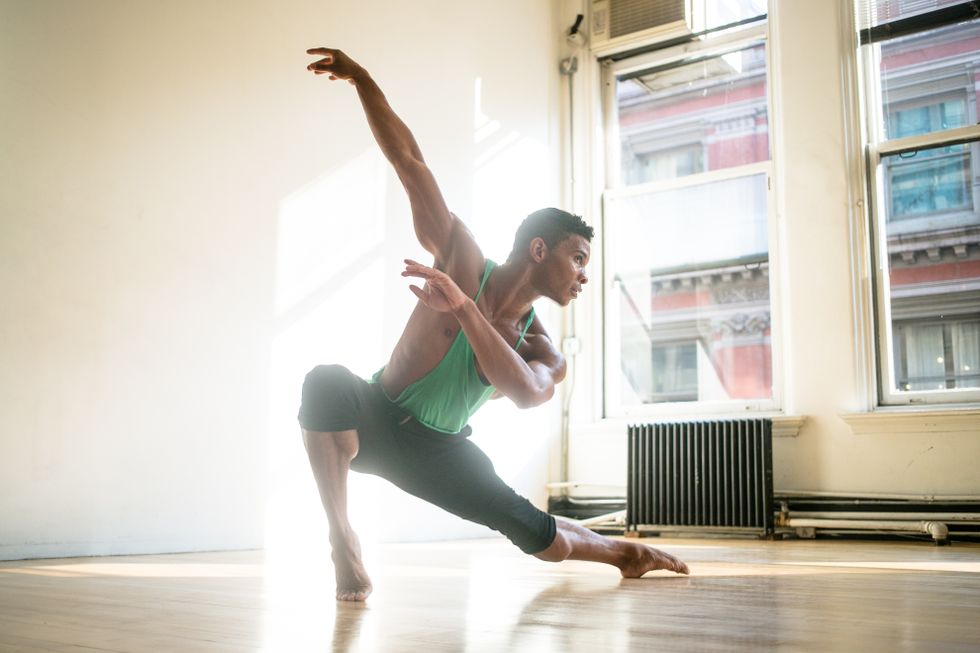 Quinn Wharton
Quinn Wharton
Climbing into a leotard or tank top you’ve stored in the freezer doesn’t just feel good; cooling your skin this way has actually been proven to improve athletic performance. Some athletes also swear by sipping frozen slushies before working out to get the cold ice inside of their core—though researchers say that’s less effective than wearing cooled clothes.
Towel Off Strategically
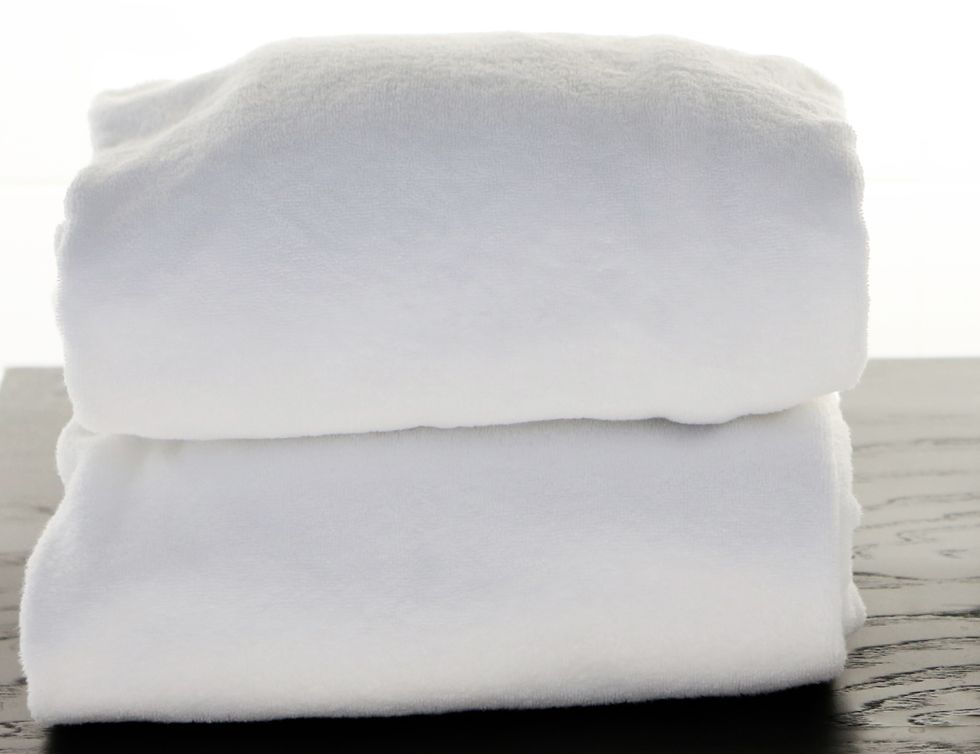 Stocksnap
Stocksnap
Stash a wet towel filled with a few ice cubes next to you at barre or nearby in the wings. Use it to cool your skin during breaks—the longer you can keep your skin temperature down, the longer you can keep the detrimental effects of heat at bay. Tip: Placing it in your armpits helps cool down your core even faster.
Stay Hydrated
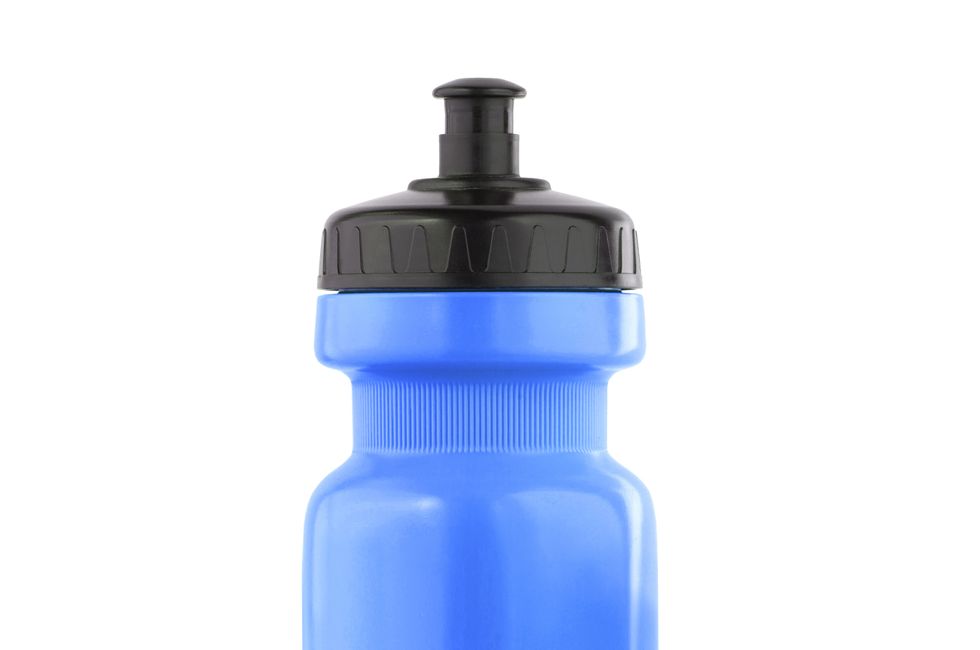 Thinkstock
Thinkstock
Losing even one percent of your body weight due to dehydration can take a toll on your dancing. And once you’ve lost three percent, you’re vulnerable to heat cramps, heat stroke and heat exhaustion, according to Dance/USA’s Taskforce on Dancer Health. Since our sweat rates are super individual, weigh yourself before and after class—then drink 23 ounces of water for every pound lost. The Taskforce also recommends drinking 7.5 to 10 ounces two to three hours before dancing, 6 to 7 ounces 10 to 20 minutes before, and 6 to 8 ounces every half hour while you’re dancing. If you’re working hard for several hours, have a sports drink to replace the electrolytes like sodium that you’re losing through sweat.
Find the Fan—Or a Window
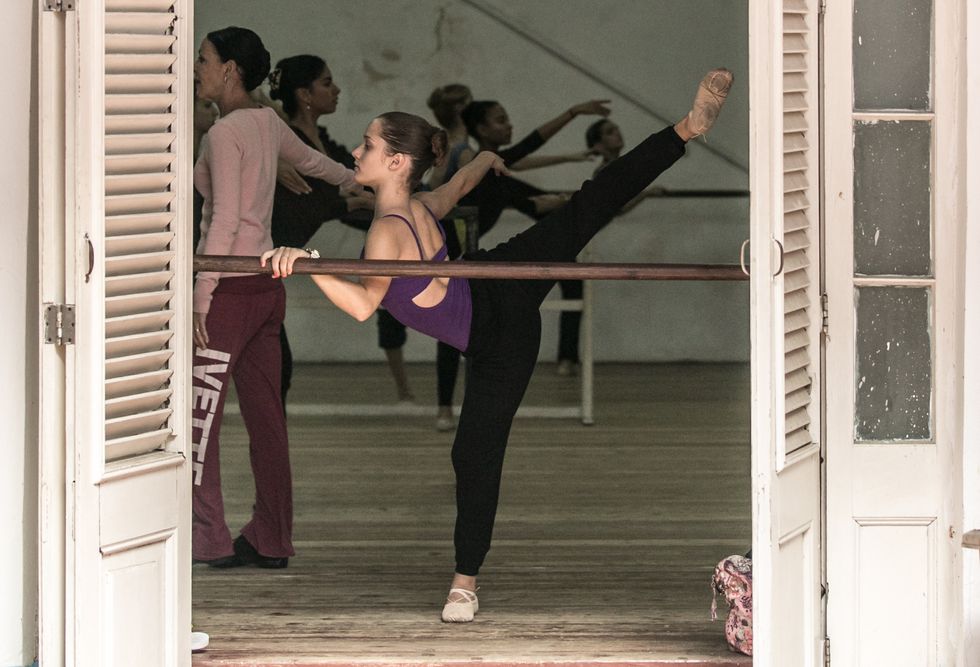 Class at Ballet Nacional de Cuba. Photo by Quinn Wharton
Class at Ballet Nacional de Cuba. Photo by Quinn Wharton
When the air around you is moving, your sweat can evaporate more easily. Stand next to a fan in the studio, visit it between combinations, or keep one of those nifty handheld varieties next to your water bottle. Ask to open the windows if there’s a breeze.
Wear The Right Clothes
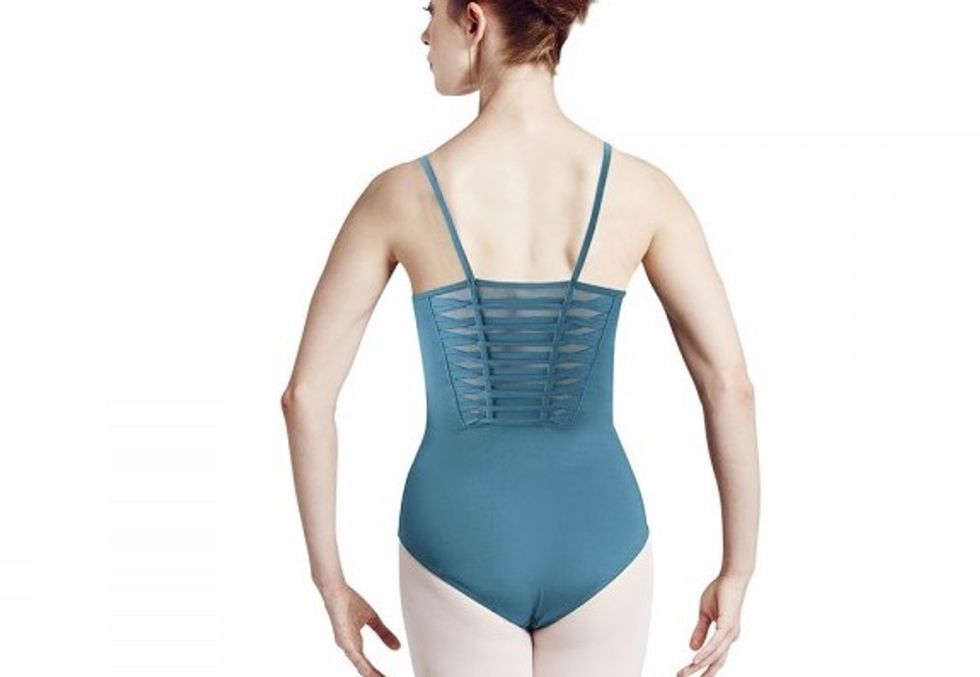 Bloch’s Khloe leotard with moisture-wicking fabric
Bloch’s Khloe leotard with moisture-wicking fabric
There’s plenty of dancewear available in light, sweat-wicking fabrics these days. But if you’re stuck in a heavy, heat-trapping costume, let your skin air out whenever you can backstage.
Speak Up If It’s Getting Dangerous
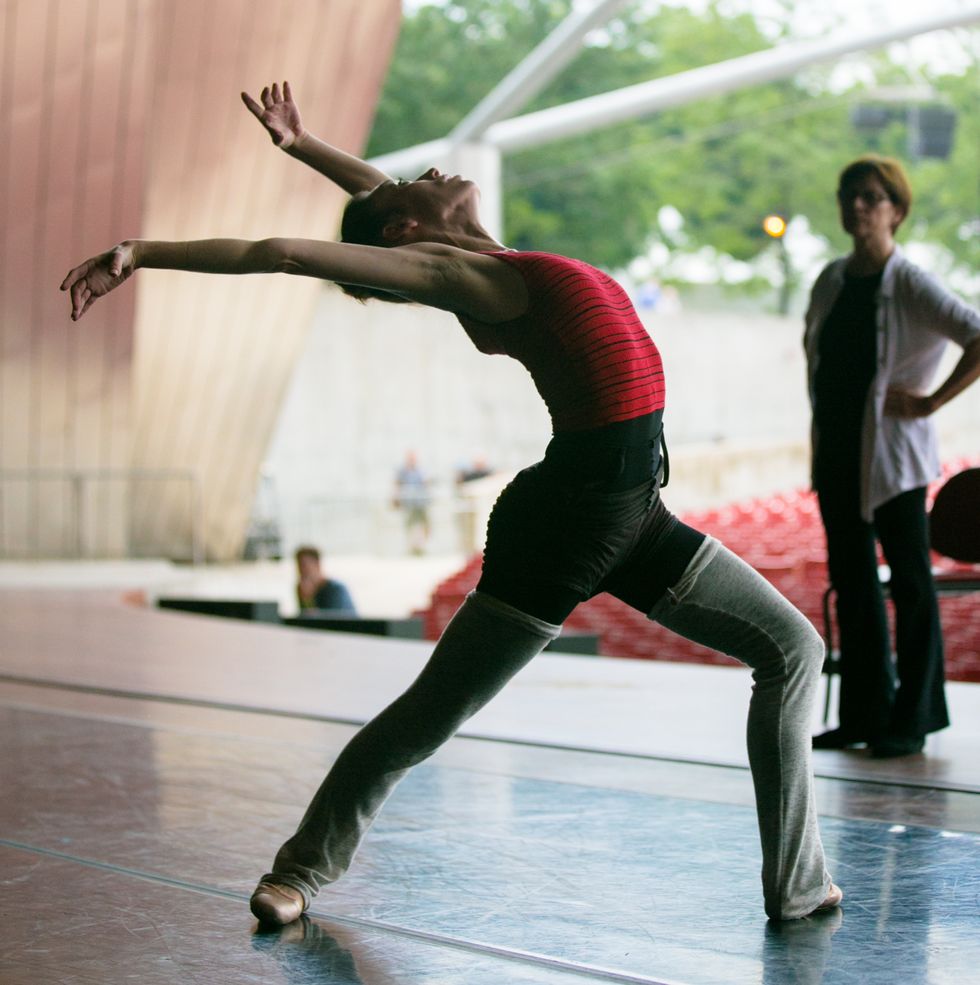 Quinn Wharton
Quinn Wharton
At a certain point, temperatures can simply be too high for our bodies to handle. If you feel you might be at risk for heat illness (symptoms include dizziness, headache, nausea, rapid pulse, confusion, muscle cramps, hot and wet or dry skin), ask to take more breaks, mark the movement in rehearsal or consider calling it off altogether. Dancing in dangerous conditions isn’t worth it.
